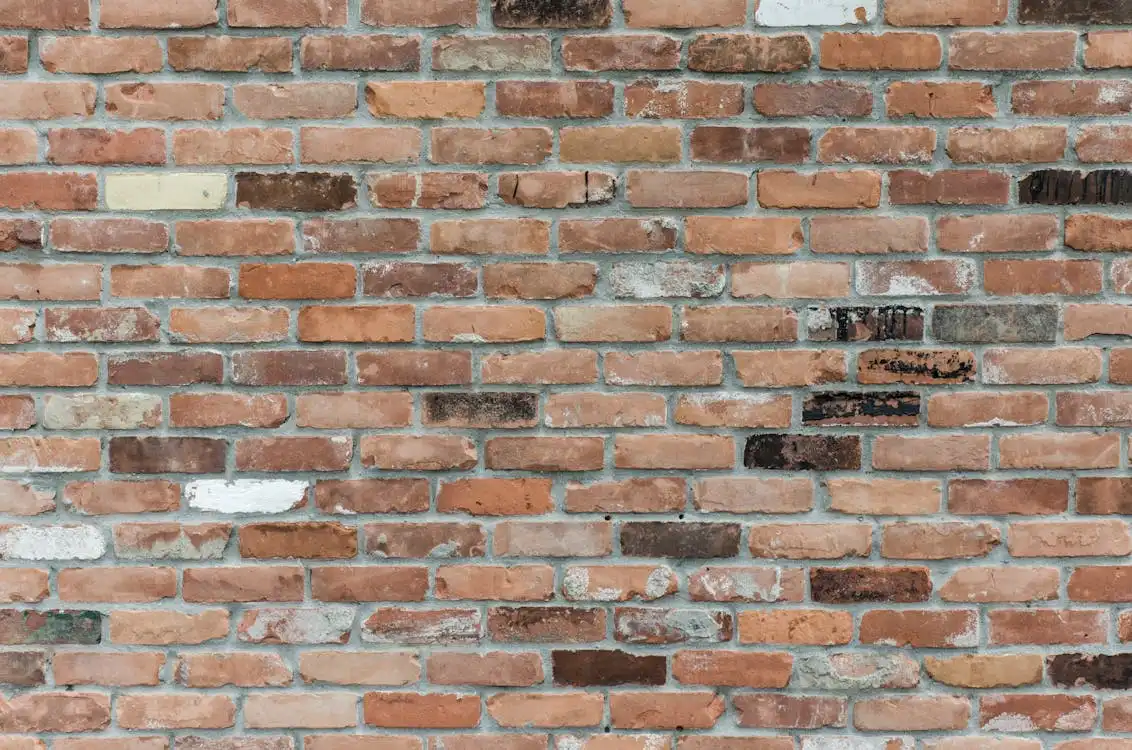
Walls are an important part of any building. They have many key roles. First, walls support the structure and help keep the building strong and safe. They also divide the inside space into different rooms or areas, depending on the needs—such as for living, working, or storage.
Besides holding up the building and dividing space, walls help control temperature and sound. Good walls keep heat inside in winter and block heat in summer, making the building more comfortable and saving energy. They also help block noise, creating a quieter and more peaceful indoor environment. Some walls are also designed to resist fire, moisture, or earthquakes.
Today, wall materials and construction methods have improved a lot. Builders now use both traditional materials like bricks and modern ones like lightweight panels. These new types of walls are faster to build and often perform better. In short, walls are not just simple barriers—they play a big role in making buildings safe, comfortable, and useful.
Types of Walls
Walls in buildings can be divided into different types based on their location, function, materials, construction method, and structure.
»» Based on location and orientation:
1. Exterior Walls
These are the outside walls of a building. They protect the inside from wind, rain, and temperature changes, helping keep the space comfortable.
2. Interior Walls
These are inside the building. Their main job is to divide rooms or spaces.
3. Parapet wall
It is a short protective barrier extending above a roof, balcony, or terrace. It enhances safety, prevents falls, shields against wind and water, and adds architectural appeal. Common in modern and historical designs, it can be made of brick, concrete, or metal.
4. Longitudinal Walls
Built along the long side of a building.
5. Transverse Walls
Built along the short side. If they are on the outside, they are often called gable walls.
Walls can be classified into different types based on their load-bearing capacity.
»» Based on Load-Bearing:
6. Load-Bearing Walls
These carry the weight from the roof or floors above and pass it down to the foundation.
7. Non-Load-Bearing Walls
These don’t carry weight from above. They are used just to divide space and include partition walls, infill walls, and curtain walls.
8. Shear Walls
Resist lateral forces like wind or earthquakes by transferring these loads to the foundation, enhancing structural stability in high-rise buildings and seismic zones through reinforced concrete or steel framing.
9. Retaining Walls
Hold back soil or water (e.g., garden or basement walls) to prevent erosion and landslides, often built with materials like concrete, stone, or gabions for slope stabilization and landscaping support.
»» Based on Materials Used:
10. Brick Walls
Made with clay bricks, sand bricks, or other types of bricks. Often used in traditional buildings.
11. Stone Walls
Built using natural stone, often from local areas. They are strong and cost-effective in some regions.
12. Concrete Walls
Can be cast on-site (poured concrete) or made with pre-made panels. Often used in taller buildings for strength.
13. Curtain Walls
These are light walls, often made of glass, stone, or metal panels. They are placed on the outside of buildings and don’t carry weight.
»» Based on Structure:
14. Solid Walls
Made from one type of material, like brick or block, with no gaps inside.
15. Hollow Walls
These have empty spaces inside, such as cavity walls or hollow block walls, which help with insulation.
16. Composite Walls
Made from two or more different materials combined together for better performance.
Based on the Construction Method:
17. Block Walls
Built by stacking bricks or blocks together with mortar.
18. Cast-in-Place Walls
Made by setting up a mold on-site and pouring concrete into it.
19. Panel Walls
Made from factory-produced panels that are installed on-site, such as precast concrete walls or light interior panels.
How Construction Additives Enhance Wall Performance
Chemical additives like PCE, RDP, steel fibers, polypropylene fibers, and HPMC play a crucial role in enhancing wall strength, flexibility, and longevity. By understanding these materials and innovations, builders can create safer, more durable, and efficient structures.
1. Polycarboxylate Superplasticizer (PCE)
PCE makes concrete walls stronger by reducing water content while maintaining flow. This creates denser, high-strength walls that resist cracking and last longer under heavy loads.
2. Redispersible Polymer Powder (RDP)
RDP acts like glue in wall materials, improving adhesion between layers. It makes renders and mortars more flexible, preventing cracks and creating waterproof, durable wall surfaces.
3. Steel Fiber
Steel fiber strands form a 3D skeleton inside concrete walls. They absorb stress, prevent cracks from spreading, and make walls resistant to impacts and heavy structural loads.
4. Polypropylene Fiber
These pp fibers create a mesh that blocks cracks before they start. They're especially vital in thin walls and plasters, preventing shrinkage cracks as materials dry.
Read more: Why use polypropylene fiber in concrete?
5. Hydroxypropyl Methyl Cellulose (HPMC)
HPMC keeps wall coatings workable longer and prevents premature drying. This ensures even curing, better adhesion, and crack-free surfaces in plasters and tile adhesives.
Read more: What Is HPMC?
Conclusion
Walls are far more than simple dividers—they provide structural support, thermal insulation, soundproofing, and safety. From traditional brick and stone walls to modern concrete and curtain walls, each type serves a unique purpose in construction.





Leave a Reply